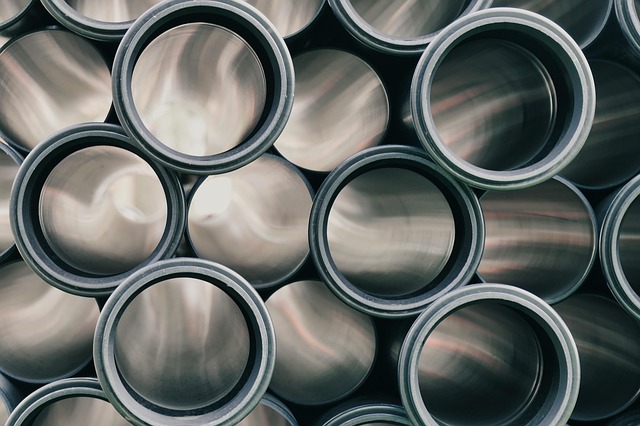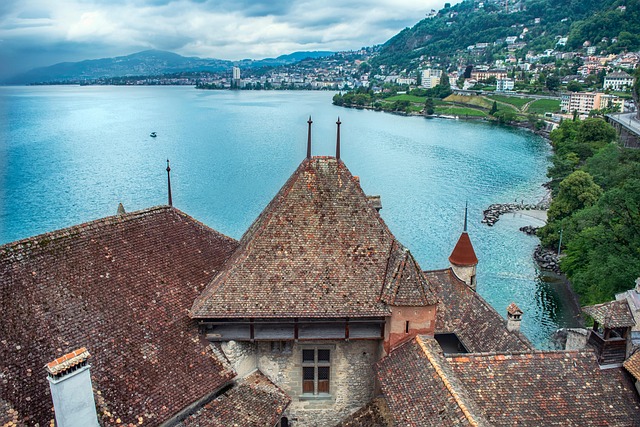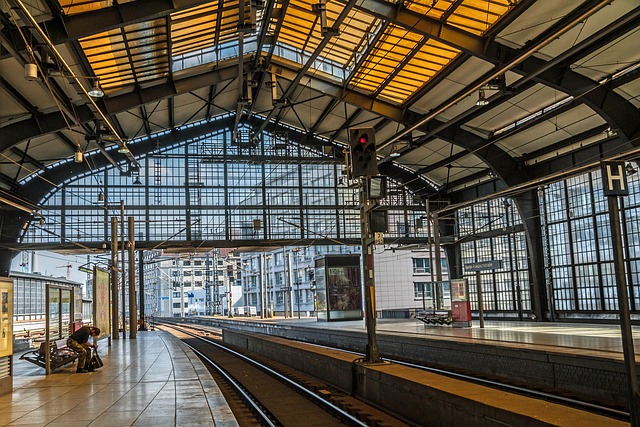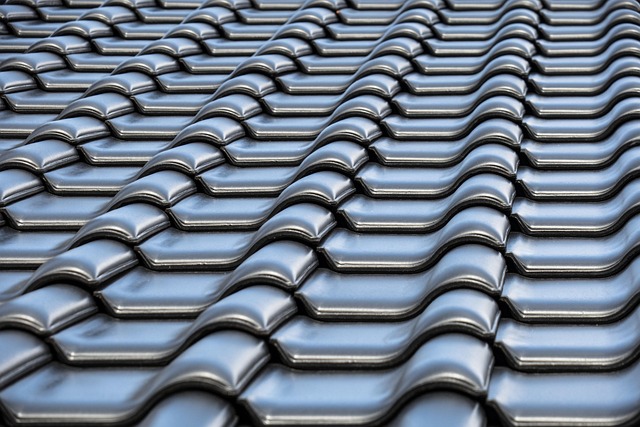Cool roofing systems, featuring reflective materials and coatings, revolutionize building design by minimizing heat absorption on roofs. These systems reduce indoor temperatures and energy consumption for cooling, with white roof systems offering high reflectivity. Advanced cool roof coatings provide cost-effective, easily applicable, and long-lasting solutions, enhancing energy efficiency and supporting sustainable practices for commercial and residential buildings. Strategic design choices, open spaces, light-colored surfaces, and reflective coatings maximize benefits, as evidenced by successful case studies demonstrating significant cooling cost savings.
In the pursuit of energy-efficient and sustainable buildings, cool roofing systems have emerged as a game-changer. These innovative designs reflect sunlight, significantly reducing heat absorption and associated cooling costs. This article delves into the world of cool roofing systems, exploring their benefits, underlying technologies, and design considerations. From understanding how reflective roofs lower energy expenses to examining successful case studies, we provide an in-depth look at this effective solution for modern architecture.
- Understanding Cool Roofing Systems: An Overview
- Benefits of Reflective Roofs for Buildings
- How Heat Absorption Reduces Energy Costs
- Materials and Technologies in Cool Roofing
- Implementation and Design Considerations
- Case Studies: Successful Cool Roofing Projects
Understanding Cool Roofing Systems: An Overview

Cool roofing systems have emerged as a game-changer in the building industry, offering an innovative solution to combat the effects of urban heat island (UHI) phenomena. These advanced systems are designed to reduce the amount of heat absorbed by roofs, thereby lowering indoor temperatures and minimizing energy consumption for cooling. The primary focus is on reflective roofing, which utilizes materials or coatings that reflect a significant portion of sunlight, preventing heat transfer into buildings.
One popular approach involves installing white roof systems, known for their high reflectivity and ability to stay cooler than traditional dark roofs. This simple yet effective strategy helps to mitigate the environmental impact of urban areas by decreasing the overall heat load. Moreover, cool roof coatings have been developed as a cost-effective solution, offering easy application and long-lasting benefits. These coatings not only enhance the energy efficiency of buildings but also contribute to sustainable practices, making them an attractive option for both commercial and residential properties.
Benefits of Reflective Roofs for Buildings

Reflective roofs are transforming the way buildings interact with their environment, offering a plethora of benefits that go beyond aesthetics. These innovative cool roofing systems are designed to minimize heat absorption, which is a significant contributor to urban heat islands and elevated interior temperatures. By reflecting sunlight back into the sky, reflective roofing helps to lower building energy consumption and reduce cooling costs significantly.
White roof systems, a popular choice among the reflective roofing options, have proven effective in various climates. The application of cool roof coating not only alters the roof’s appearance but also creates a barrier that reflects heat, thereby decreasing the need for excessive air conditioning. This not only benefits the environment by lowering greenhouse gas emissions but also provides cost savings for building owners and contributes to more sustainable urban planning.
How Heat Absorption Reduces Energy Costs

Heat absorption plays a significant role in escalating energy costs, especially in regions with hot climates. Traditional roofs absorb sunlight, leading to rapid heating of the building’s interior. This increased temperature necessitates more energy for cooling, driving up utility bills. Cool roofing systems, however, are designed to reflect a substantial portion of this solar radiation back into the atmosphere, significantly reducing the heat transfer into the building.
White roof systems and cool roof coatings are reflective roofing solutions that have gained prominence for their ability to mitigate heat absorption. These innovative technologies not only lower cooling costs but also contribute to a more sustainable and environmentally friendly approach to building design. By minimizing the impact of solar radiation, these cool roofing systems help in creating energy-efficient spaces, making them attractive options for modern architecture.
Materials and Technologies in Cool Roofing

Cool roofing systems have emerged as a game-changer in the construction industry, offering an effective solution to mitigate the urban heat island effect and reduce energy consumption. These innovative systems are designed to reflect a significant portion of sunlight, thereby lowering the roof’s surface temperature. One of the primary materials used in cool roofs is reflective roofing, which includes various types of coatings and membranes. These coatings are carefully formulated to bounce solar radiation away from the building, minimizing heat transfer and keeping the interior cooler.
Additionally, white roof systems have gained popularity as a simple yet powerful implementation of cool roofing. By reflecting sunlight and absorbing less heat, these systems can significantly reduce cooling costs for buildings. The application of cool roof coating has become a preferred choice for many architects and builders due to its ease of installation, durability, and long-lasting effects. This technology not only benefits commercial and industrial structures but also residential properties, contributing to energy efficiency and sustainable building practices across the board.
Implementation and Design Considerations

The implementation of cool roofing systems involves careful design considerations to maximize their effectiveness and aesthetic appeal. One key aspect is selecting appropriate materials, such as reflective roofing underlayments or white roof systems, that can significantly reduce heat absorption. These materials not only lower cooling costs but also extend the lifespan of the roof by protecting it from damaging UV radiation.
When designing with cool roofs in mind, architects and builders should prioritize open spaces and light-colored surfaces. Reflective roof coatings can further enhance these benefits, ensuring that buildings remain comfortable during hot seasons. Additionally, integrating green roofing or other sustainable solutions can complement the energy efficiency of cool roofing systems, creating a harmonious and environmentally friendly landscape.
Case Studies: Successful Cool Roofing Projects

In recent years, numerous successful case studies have showcased the effectiveness of cool roofing systems in various climates and architectural settings. These projects highlight how reflective roofs can significantly reduce heat absorption, leading to substantial savings in cooling costs. For instance, a major retrofit project in a dense urban environment transformed an older building’s rooftop into a cool oasis. By applying a white roof coating, the once-absorbent surface was changed to reflect sunlight, resulting in a 30% decrease in interior temperatures and a notable drop in energy consumption.
Another remarkable example involves a school campus where reflective roofing was implemented across multiple buildings. This project not only lowered the facility’s overall energy costs but also created a more comfortable learning environment during hot summer months. The use of cool roof coating has been particularly beneficial in regions with extreme heat, demonstrating its ability to mitigate the urban heat island effect and contribute to sustainable building practices. These case studies strongly suggest that adopting reflective roofing, like white roof systems, can offer both environmental and economic advantages.
